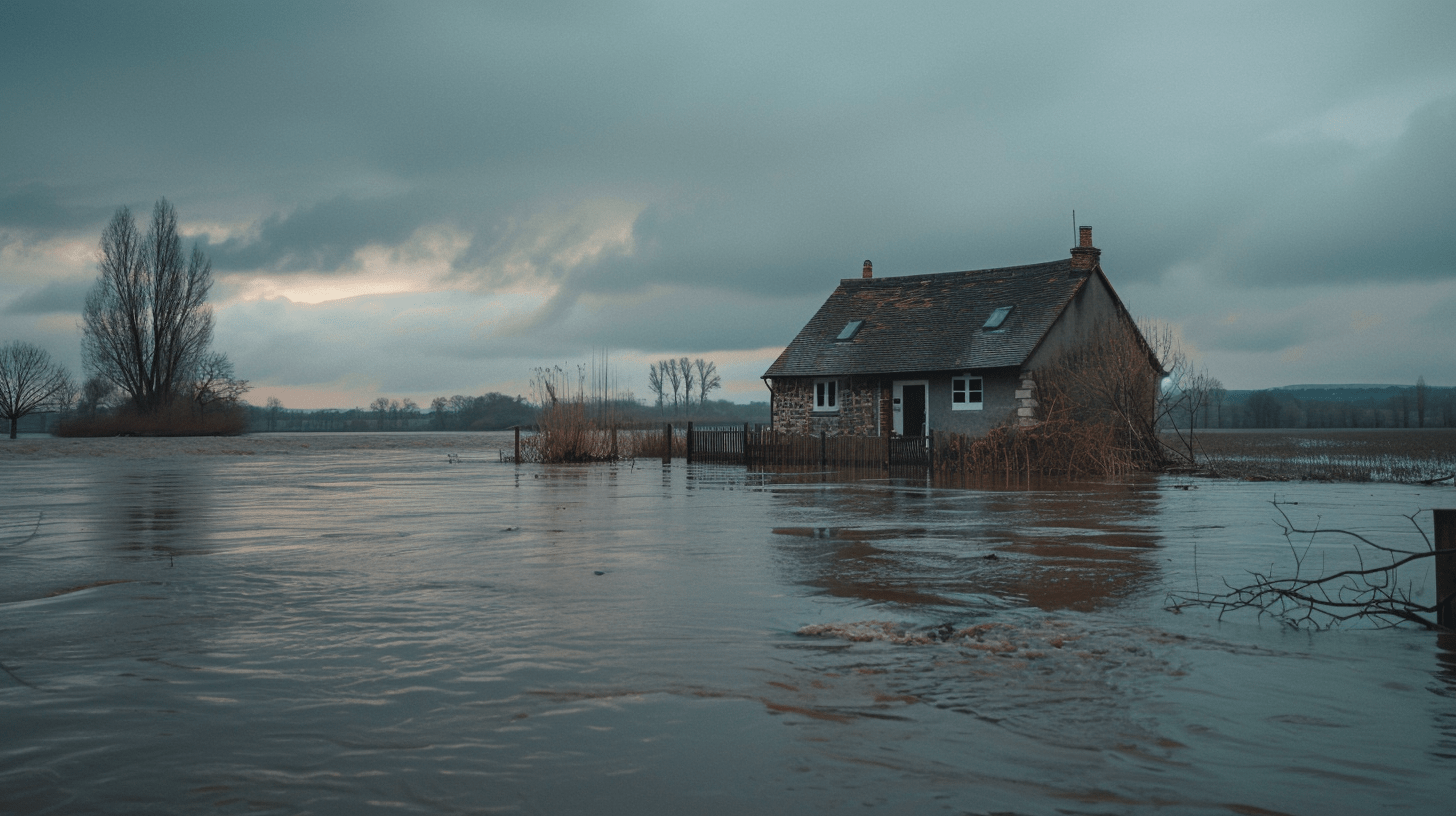Floods
Flooding is worsening with climate change and urban growth. Learn what causes floods, their impacts, and how to build resilience.

Short-Term Recovery
Short-term recovery includes the initial rebuilding efforts that begin after immediate dangers pass.
Damage Assessment: Mapping flood-affected areas, estimating costs, and prioritizing infrastructure repair can help in better understanding which areas are most severely affected after a flood and repair critical infrastructure in a speedy manner. Prioritizing infrastructure repair can also help in ensuring swift access for relief efforts for roads leading to hospitals as well as heavily affected areas.
Public Health Measures: Preventing disease outbreaks (e.g., cholera, dysentery) due to water contamination and stagnant floodwaters. Relief efforts including distributing hygiene kits containing soap, disinfectants, and sanitary items can help communities maintain basic hygiene and ensure minimal spread of diseases.
Temporary Housing & Infrastructure Repair: Setting up shelters and restoring basic utilities like electricity, water, and sewage systems is important in the aftermath of a flood towards ensuring the continued safety of survivors.
Financial Relief: Government grants, insurance claims, and international aid packages to help families and businesses get back on their feet. Further, many people affected by floods rely on insurance claims to help cover the cost of property damage. However, in areas where flood insurance is not widely available or is limited, governments can step in with additional financial relief. IIn some cases, countries that are heavily impacted by floods may also receive international assistance such as from the World Bank or other countries.